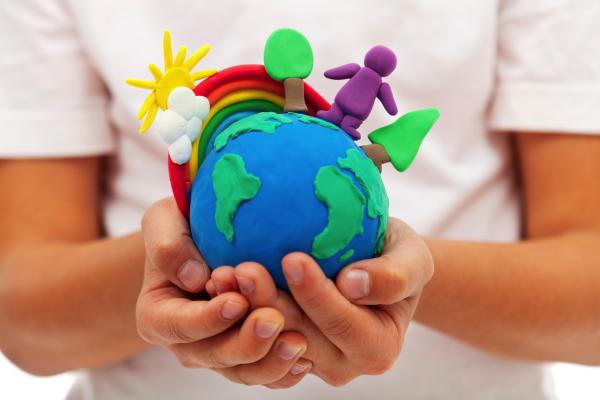The Great War that engulfed Europe from 1914-1918 was a bitter disappointment for the peace movement. As the 19th century came to a close, the promise of progress that accompanied Darwin’s discovery of the evolution of life on earth seemed to put peace within our grasp. “Progress” was the popular byword and always meant a movement toward something better. It was the age of invention and industrialization. Human beings were overflowing with strategies to improve the lives of the poor, the uneducated, the working class, and the least and the last among us. The women’s rights movement was flourishing as well, and Dr. Maria Montessori, the first woman in Italy to receive a medical degree (1896) was an outspoken and popular representative of the cause. But 1914 dashed all that hope.
Many are the disappointments in the world today, as well, if your goal is peace. We are witnessing the greatest number of people displaced by violence and war since the second Great War in Europe. Even so, much progress has also been made by movements advocating for the rights of groups excluded from privilege and power. Women, labor, the disabled, LGBTQ, the poor, and the sick have all witnessed their rights expand. And yet war continues. We are living in the best of times and the worst of times, it seems — a paradox that causes many of us to careen between hope and despair, unsure of how to move beyond the motion sickness.
Read the Full Article

